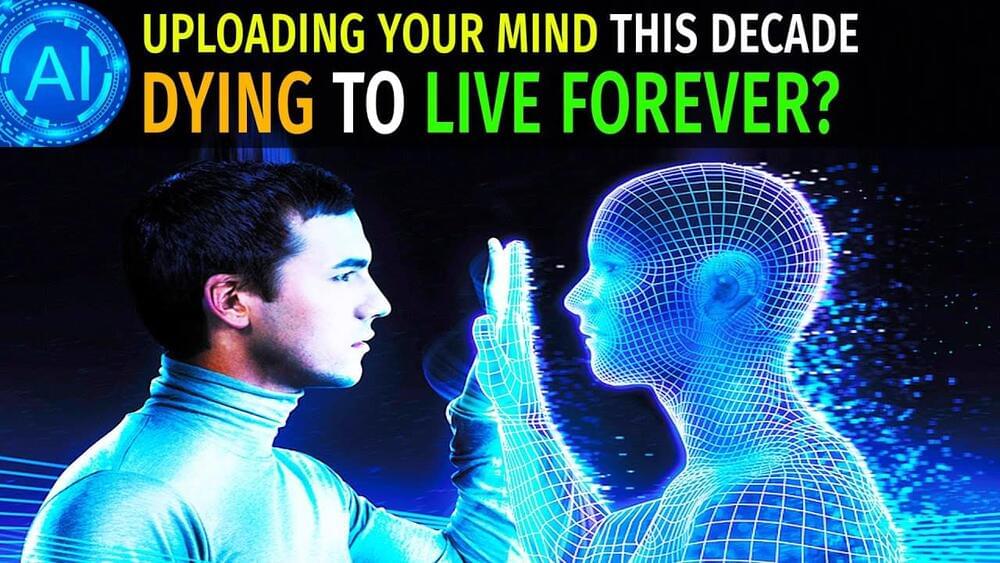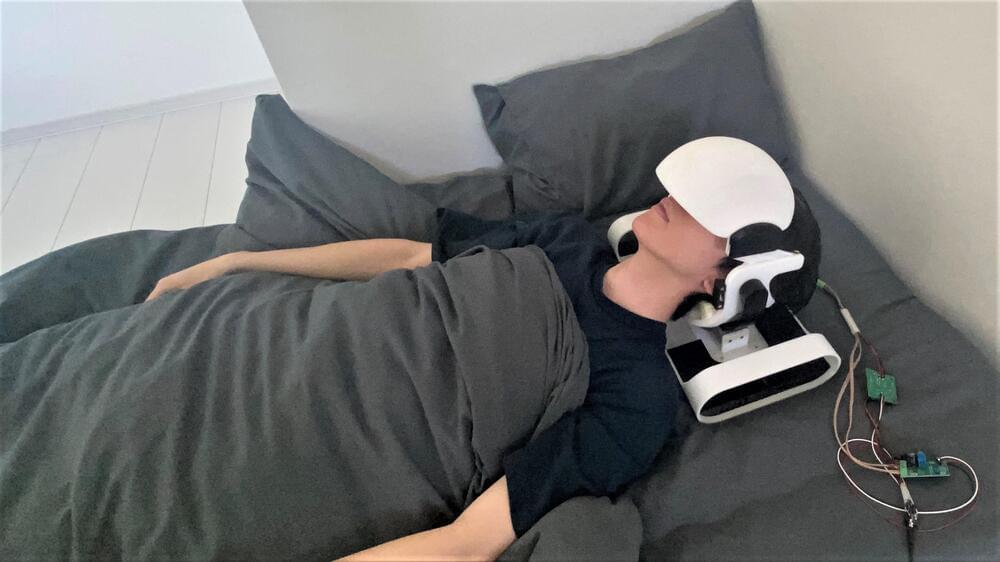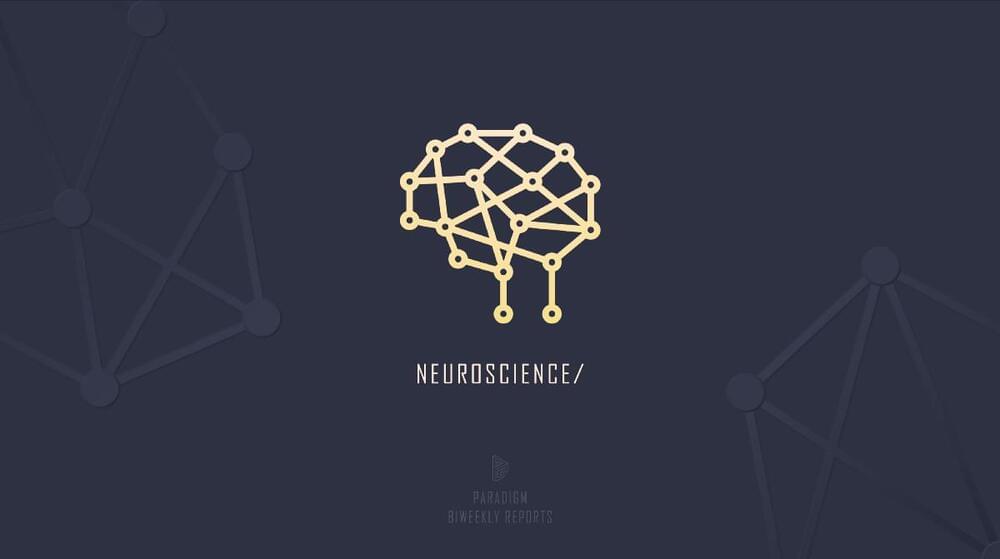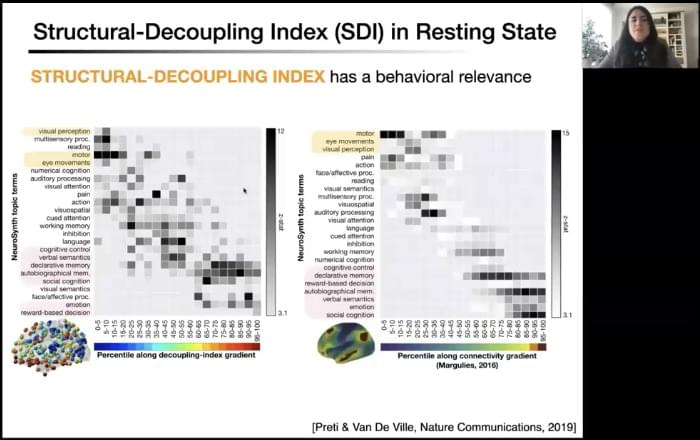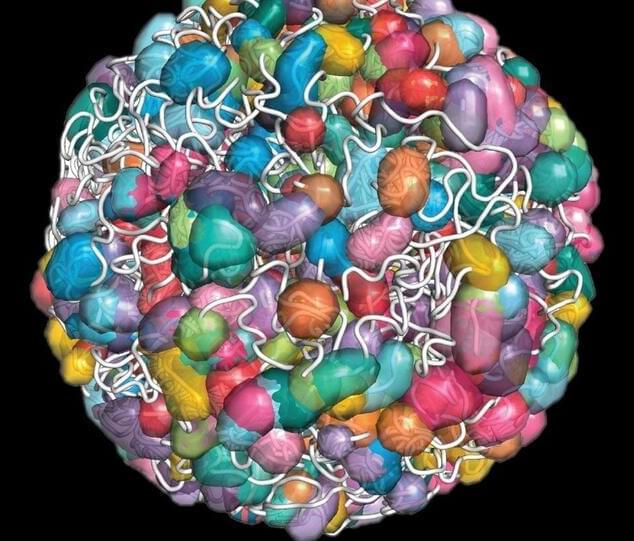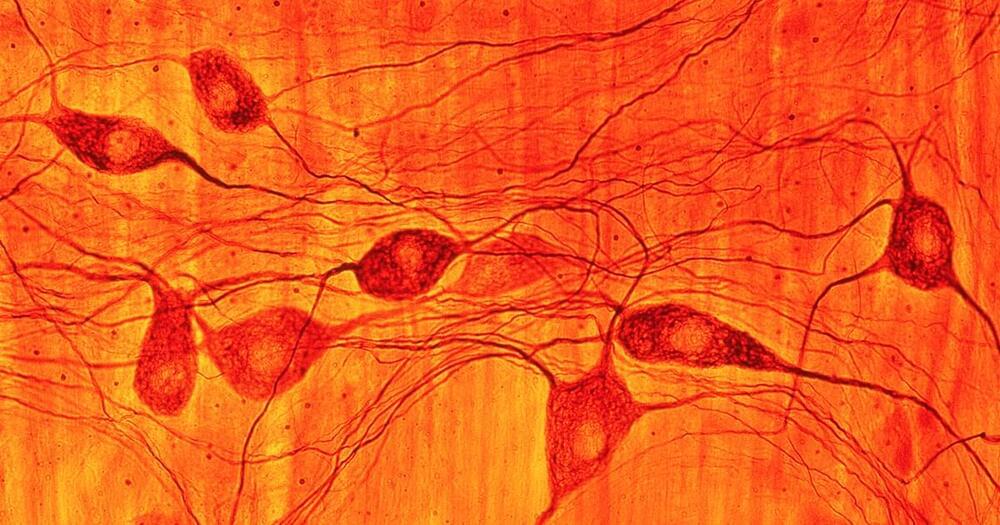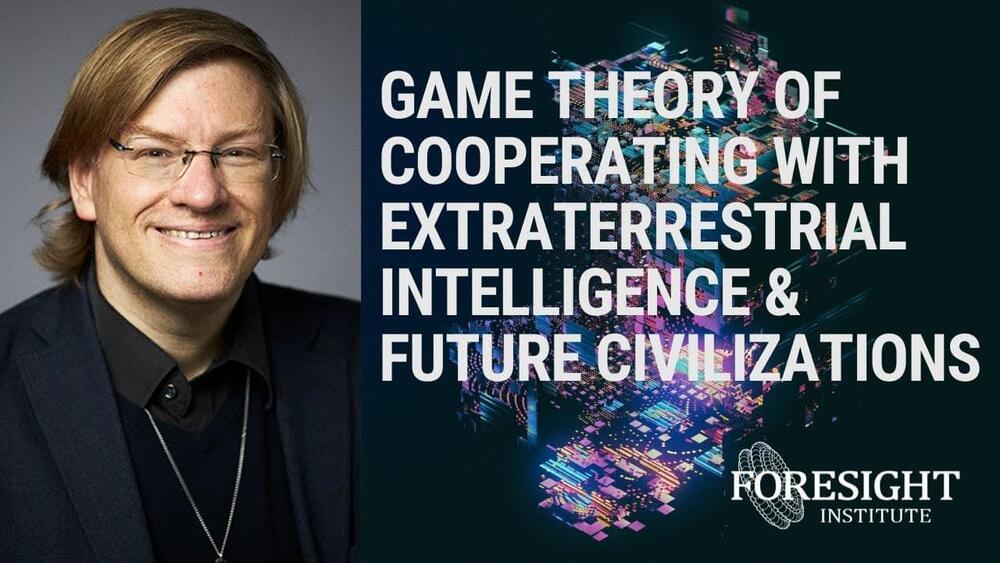Becoming Immortal through Mind Uploading sounds like something that’ll only be possible around the 2100’s. But amazingly, a group of scientists at Nectome are working on giving us the ability to live forever inside of a computer simulation by the end of this decade for around 10000$.
Ray Kurzweil, director of engineering at Google, has long predicted that people will be able to upload their entire brains to computers and become digitally immortal by 2045. Kurzweil made this claim for many years, e.g. during his speech in 2013 at the Global Futures 2045 International Congress in New York, which claims to subscribe to a similar set of beliefs. Mind uploading has also been advocated by a number of researchers in neuroscience and artificial intelligence, such as the late Marvin Minsky.
–
If you enjoyed this video, please consider rating this video and subscribing to our channel for more frequent uploads. Thank you! smile
–
TIMESTAMPS:
00:00 The Future is near.
01:46 How this procedure works.
03:31 The development of this technology.
04:24 Is this actually possible to achieve?
06:58 The ethical concerns.
07:40 Last Words.
–
#longevity #minduploading #bci
